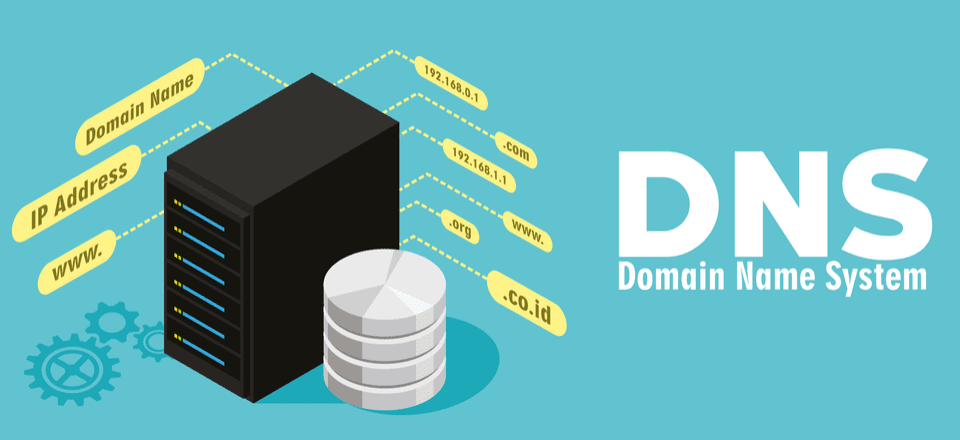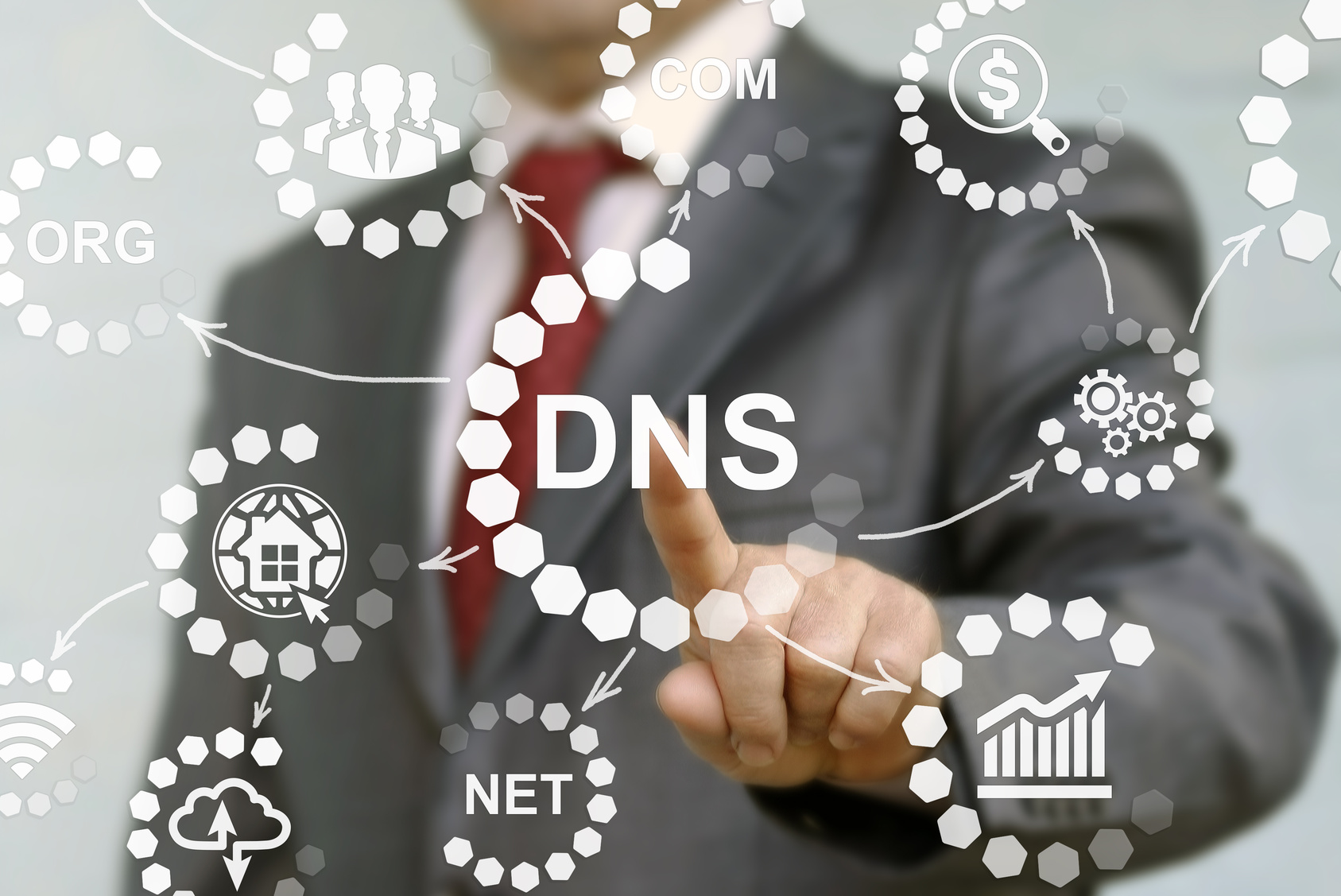Companies begin the journey of DNS (Domain Name Servers) monitoring by adding their domains to their service providers’ name servers. The step makes it possible for those servers to become authoritative for answering incoming queries of the companies’ domains.
The first point of contact between an organization and its clients is DNS, so it’s important to keep an eye on it consistently. Instead of spending time diagnosing this platform’s issues, companies could monitor them to ensure consistent connectivity to their websites and servers.
How Dns Monitoring Works
DNS monitoring tests connectivity between organizations’ local recursive servers and authoritative name servers using network monitoring tools. It does not monitor connections between actual clients and the latter servers. This is because queries must ask several servers for DNS information before arriving at their final destination.
Recursive name servers (recursive NS) are usually the client’s Internet Service Providers (ISPs), and so are the closest to end-users. The cache (or store a copy of) DNS information for set periods of time. This may skew the real response time of authoritative name servers (authoritative NS).
The most unfortunate thing is that once clients’ queries hit recursive NS (on return trips), the end-users lose control over performance. The most vital part of any DNS process is the performance of an end user’s authoritative NS when answering the recursive NS on the return trip.
The time that clients take to resolve queries depends on the choice of providers and services. Lower resolution times may reduce page load times, leading to improved SEO, and possibly, boosts in conversions. It is, therefore, advisable to use excellent DNS management services.
What Dns Monitoring Actually Does
In a nutshell, DNS monitoring:
1. Verifies domain name resolution
2. Checks the availability of proxy servers
3. Ensures that mail and web servers are available
4. Alerts users whenever issues arise
5. Help in the diagnosis of intermittent DNS issues
DNS monitoring detects any issues that reduce system performance. In the event of detection, it instantly traces the whole path of error propagation. Also, it sends an instant alert that shows the type and scope of the issue. It then generates performance reports. This allows organizations to respond in good time.
Is Dns Monitoring Of Any Value?
If an organization has a website that faces long periods of downtime, potential customers may never connect with it. Also, the experience makes lifelong customers move away completely and look for other dependable sites. This may all be happening while business owners are unaware.

Even if a web-service or a website is up and running, it appears as unavailable just by virtue of its DNS server being down or too slow. This makes it impossible for people to access the website and other important services such as proxy and mail servers.
Sometimes, there may be slow connections even when the website is actually fast. Such conditions make it possible for hackers to point an organization’s domain to their servers. The result may be devastating. The organization could lose data and even money.
That is why DNS monitoring is important. It ensures that organizations get alerts of performance issues in good time to rectify their systems. This avoids losing online revenues as customers remain happy with the services. Also, it minimizes downtime that may not only affect customers but the organization’s operations and safety.
DNS monitoring ensures that servers are available to users all the time. Some DNS monitors send free alerts to organizations if servers are down or slow. They also identify domain IP mismatches and respond to them accordingly.
Authoritative Dns Providers Monitoring
Clients can use manual monitoring services to keep tabs on their authoritative DNS providers. Some of the services are quite fast in checking system performances. They allow clients to run quick waterfall checks on web pages of interest to identify the resources or requests that increase load times.
It is important to run regular monitoring checks to detect any service disruptions or latency. Automated monitoring services are better since they can check domains for performance changes at very short time intervals. They can also give instant alerts in case of significant deviations.

End-User Monitoring
What if clients would like to see from their end-users’ perspectives? That would require multiple leaps between end-users and authoritative name servers (authoritative NS). It could be difficult or even impossible to control such a situation. However, it could rule out service providers as sources of service disruption and latency.
Some companies have real end-user monitoring tools that allow clients to monitor all factors contributing to the web and network performance. The factors include browsers, Internet connection, devices, among others. The tools can also validate Service Level Agreements of providers.
In Need Of Dns Management Services?
DNS monitoring is one of the most important tools that check system performance and ensures businesses do not lose revenue and customers. A management service is a must for any organization that wants to be successful. Why not spend some extra cash on such tools and secure a great future?












Leave a Reply